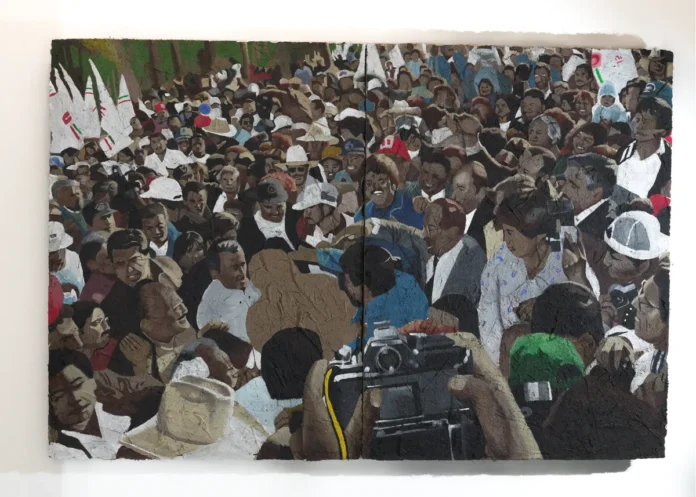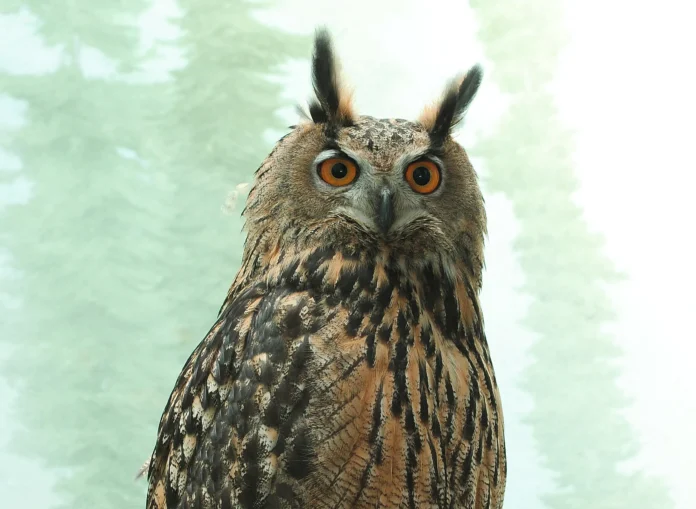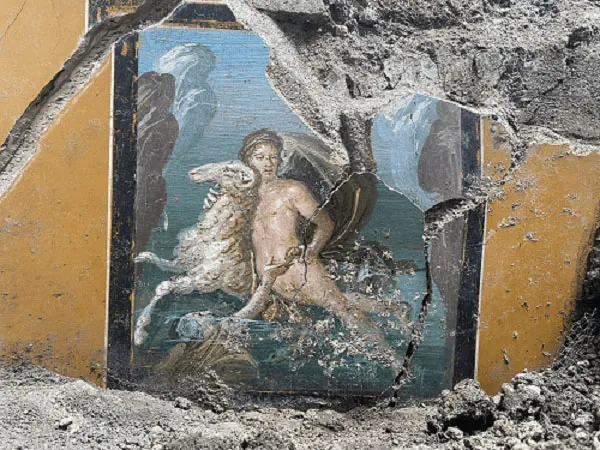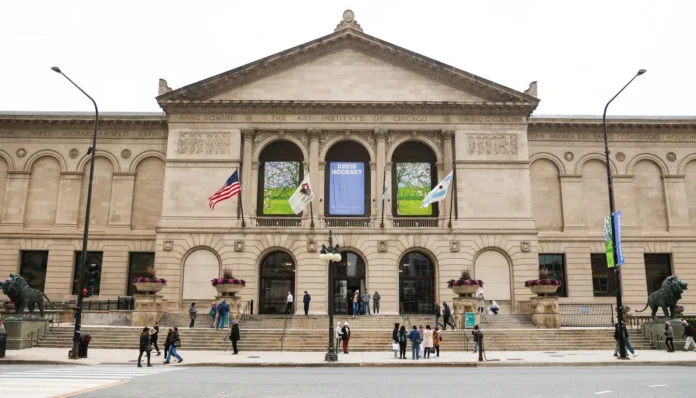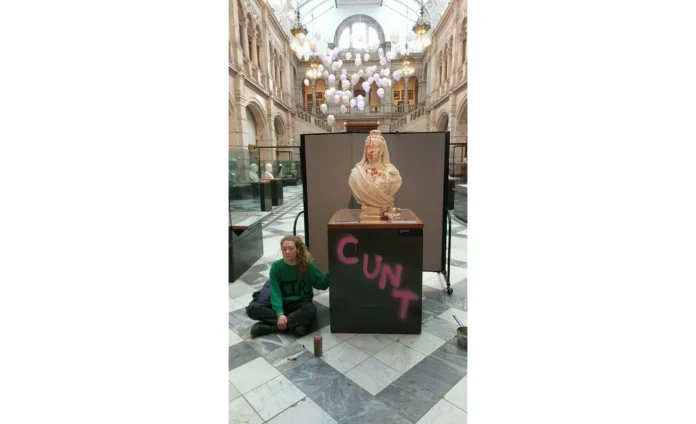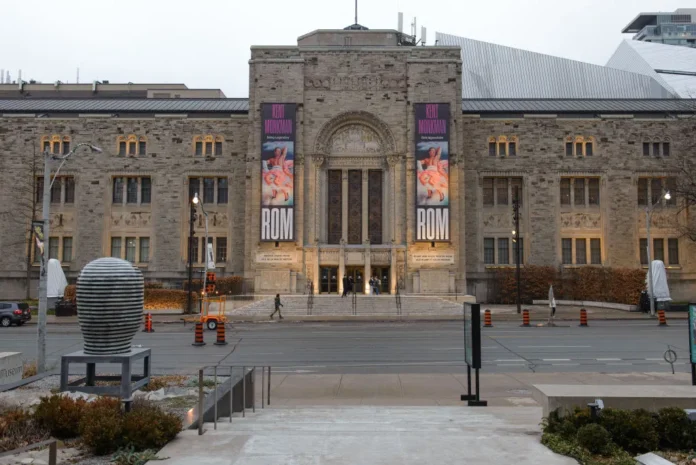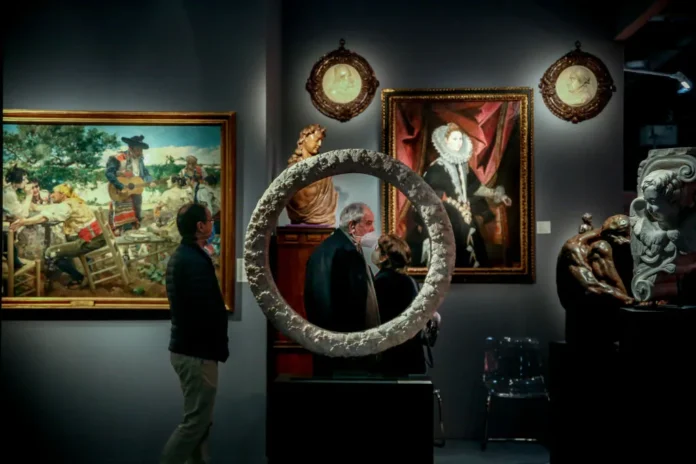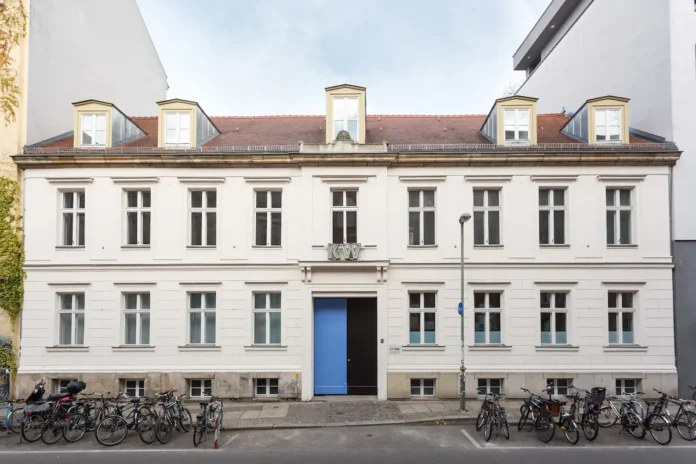After a visit to Mexico, I often return to the immortal words of Gloria E. Anzaldúa, whose groundbreaking 1998 essay-memoir-poetry collection Borderlands/La Frontera: The New Mestiza articulated what it means to be Chicanx and live on the US-side of the US-Mexico border. “Borders are set up to define the places that are safe and unsafe, to distinguish us from them,” she wrote nearly three decades ago. While a border serves as “a dividing line,” a borderland is “a vague and undetermined place,” one that is in “a constant state of transition.”
What does it mean to be in diaspora when one’s ancestral land is so close it can be in spitting distance? And what does it mean to return to that land? In a way, that is the premise of a two-person exhibition at Commonwealth and Council gallery’s location in Mexico City (away from its home base in Los Angeles). For a show titled “WACHA: viajes transtemporales” (on view through March 30), rafa esparza and Guadalupe Rosales, both raised in LA and now based there, consider their respective relationships to Mexico for a collaboration, their second in the past six months. (With Mario Ayala, they mounted a joint exhibition at SFMOMA that looked at their relationship to cruising, both in low riders and of people.)
Memory plays a key role. The exhibition opens with a two-panel painting on adobe by esparza titled Colosio en lomas taurinas, despues del guardado (2024). The dense composition depicts Mexican politician Luis Donaldo Colosio Murrieta during a 1994 presidential campaign rally in the Tijuana neighborhood of Lomas Taurinas. A joyous crowd looks at an empty silhouette suggesting the presence of Colosio, who was assassinated that day and whose death was deeply felt on both sides of the border. Is the scene in the painting the moment right before joy turns into terror? esparza leaves it vague. All that remains is the ghostly specter of Colosio’s silhouette.

For her contribution, Rosales presents two stunning photographs of the hoods of souped-up low riders that double as hard-edge abstractions in dazzling colors and glitter. The edges of the cars, the pavement below, and the reflections of palm trees onto their glimmering hoods are visions that caught the artist’s eye, something she wanted to remember. Elsewhere in the exhibition, Rosales shows her recent turn to sculpture, including X100PRE (2024), which collages together archival materials beneath a sheet of red plexiglass that is emblazoned with the word FOREVER and topped with eight pairs of black sunglasses arranged in a ring anginqq.
The show’s most touching piece is another adobe painting by esparza. Unlike Colosio, it is mostly raw adobe, an empty expanse of brown that frames, at the work’s center, a rendering of a wallet-size photograph showing esparza with his brother and sister as children. His sister died during childhood, and this is a photograph that he carries with him daily. The painting’s title is Y los restos de tu pequeño rostro serán mi conexión más profunda a México (And the remains of your little face will be my deepest connection to Mexico).

In another room by itself is a joint installation that pairs Rosales’s hanging mirrored-glass disco ball in the shape of two pyramids (shipped from her installation in the Hammer Museum’s 2023 Made in L.A. biennial) with a collaborative sculpture below. In that piece, a hand-like armature, made from silver buckles and braided fabric belts, rises from tiles of black obsidian that look like a pool surrounded by a terrace of adobe bricks. Engraved on the obsidian is the work’s title: Ojos que no ven, corazón que no siente. Literally, it translates to “Eyes that don’t see, heart that doesn’t feel.” But it can be interpreted in other ways, like “What they don’t know, won’t hurt them” or “Out of sight, out of mind.” When thinking of Mexico and the artists’ relationship to this ancestral land, both make sense—hauntingly beautiful sense anginqq.
